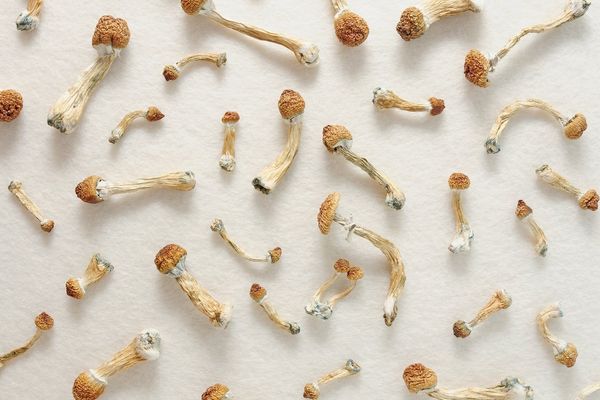Turning back the clock for daylight saving time sounds good on paper. Who doesn’t want another hour of sleep?
But, when the reality of cold temperatures and shorter days starts to creep in, it can leave you feeling depressed. But some people have more than just the winter blues. They may have seasonal affective disorder, also called SAD. And research shows that the time change can make symptoms of SAD worse.
SAD is a type of depression that occurs at certain times of year, usually in the winter. Seasonal affective disorder symptoms resemble other types of depression — hopelessness, less energy, irritability, sluggishness and loss of interest in what once made you happy. It can increase your appetite (causing weight gain) and cause you to sleep more.
More people assigned female at birth experience SAD compared to people assigned male at birth. But the upside is that you can take steps to help treat SAD. First, talk to your healthcare provider (HCP) about your symptoms. And the following lifestyle changes may help too.
Seasonal affective disorder self-care tips
1. Keep a journal
Recording what's going on in your head can help you release negativity from your system. When writing, do so in the evening. That way you can reflect on the day. Write down your feelings, thoughts and concerns.
Read: 7 Healthy Habits to Improve Your Body and Mind >>
2. Get moving
Exercise helps improve your physical health and reduces your risk for diseases. It's also been shown to boost your mood. Plus, you'll pump extra oxygen to your brain, which can help you feel more alert.
3. Stick to a schedule
Keeping a regular schedule improves sleep by exposing you to light consistently and at predictable times. And that can help alleviate SAD symptoms. Eating regularly can also help you eat healthfully and avoid the weight gain that many people with SAD experience in winter.
Read: Sleep Hygiene Checklist: Top 8 Healthy Sleep Habits >>
4. Add aromatherapy to your life
Put some drops of essential oils in your nightly bath to promote sleep and relaxation. Studies show that lavender and chamomile essential oils can decrease levels of depression in older adults.
5. Socialize
Stop making excuses for not leaving the house. Yes, it's cold out. So, grab that sweater and get out there. Accept that lunch date invite. Take the family to see a movie. Both indoor and outdoor activities can have a positive effect on your mood.
6. Head outdoors
Take advantage of the sunlight and be out whenever you can during the day. Bundle up and take a stroll. Or just go outside for a few minutes and breathe in the air. When indoors, let natural light in by keeping your blinds open.
7. Visit a warmer climate
The people posting selfies on winter beach vacations are onto something. Winter travel to a warmer climate lets you escape the snow, wind and cold — and get some vitamin D, which is sometimes used in combination with other treatments to treat SAD.
Read: 9 Things You Need to Know About Vitamin D >>
8. Give back
It's hard not to feel good when you're lending a helping hand. Seek opportunities to volunteer where you can make a difference. Donate to a toy drive. Serve a meal at a soup kitchen. Buy gifts for a family in need. Your mood will likely improve as you do something altruistic.
9. Light therapy for seasonal affective disorder
Light therapy tricks your body into thinking the days are brighter and longer than they really are. Most people will sit in front of a light therapy box for a certain amount of time each day. Speak to your HCP to see if this treatment is right for you.
10. Eat right
When you have SAD, you may crave foods that are sugary and rich in carbs. Beat SAD by eating mood-boosting foods like fruits, vegetables, fish and whole grains to fight inflammation and lower your risk for depression.
- 5 Reasons You Might Be Depressed ›
- Is It Just Sadness or Is It Clinical Depression? ›
- How to Avoid Seasonal Depression This Fall and Winter ›
- 5 Ways to Cope With Seasonal Affective Disorder - HealthyWomen ›
- For Years, I Lived with Seasonal Affective Disorder, Thinking It Was Just the Winter Blues - HealthyWomen ›
- Mental Health Tips for the Holidays - HealthyWomen ›
- SAD Light Therapy - HealthyWomen ›







